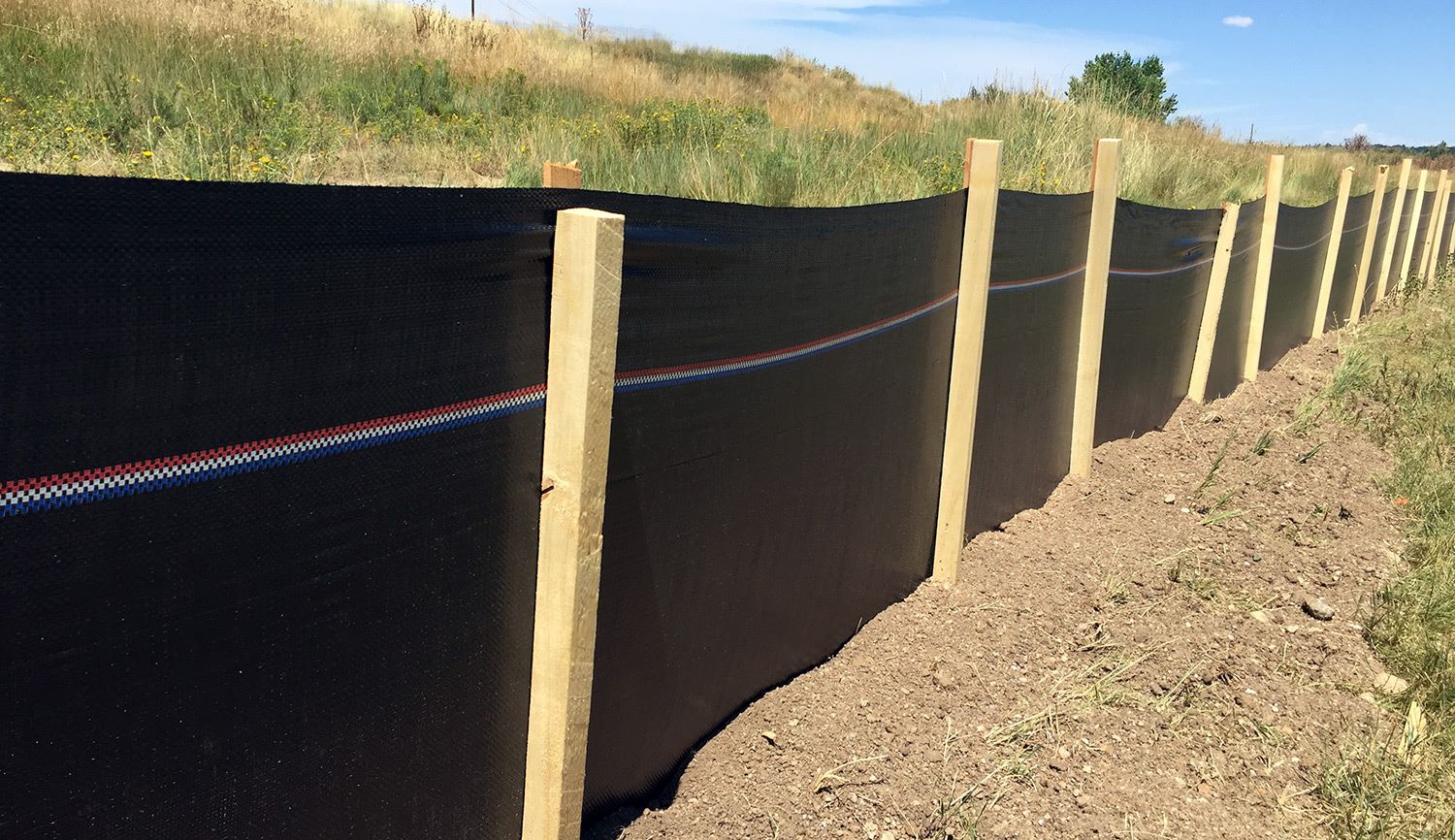

Articles
What Is Silt Fence Used For
Modified: May 6, 2024
Discover the various uses and benefits of silt fence in our informative articles. Learn how this effective sediment control measure keeps soil erosion in check and protects nearby water bodies.
(Many of the links in this article redirect to a specific reviewed product. Your purchase of these products through affiliate links helps to generate commission for Storables.com, at no extra cost. Learn more)
Introduction
Welcome to the world of erosion control and environmental management! If you have ever wondered how construction sites and land development projects maintain the integrity of nearby water bodies, silt fences are an important ally in this battle. Silt fences are widely used in the construction industry for soil erosion control and sediment containment.
In this article, we will take a closer look at what silt fences are and why they play a crucial role in protecting our environment. We will explore their purpose, applications, installation process, maintenance requirements, and the benefits and limitations associated with their use. Additionally, we will compare silt fences with other erosion control methods to understand their advantages and disadvantages.
So, whether you are a construction professional, an environmental enthusiast, or simply curious about erosion control methods, join us in this journey to discover the importance of silt fences and how they contribute to maintaining the health and sustainability of our surrounding ecosystems.
Key Takeaways:
- Silt fences are temporary sediment control devices used in construction and land development to prevent soil erosion and protect water bodies. They offer effective sediment control, cost-effectiveness, and versatility in various applications.
- Proper installation, regular maintenance, and consideration of site conditions are crucial for the effectiveness of silt fences. While they offer benefits such as quick installation and flexibility, their limitations and temporary nature require careful assessment and complementary erosion control methods.
Read more: What Concrete To Use For Fence Posts
Definition of Silt Fence
A silt fence is a temporary sediment control device designed to prevent soil erosion, particularly during construction and land development projects. It consists of a permeable fabric stretched between vertical posts, creating a barrier that slows down and filters sediment-laden runoff. Silt fences are usually installed on slopes or along the perimeter of construction sites to contain sediments and prevent them from entering nearby water bodies.
The fabric used in silt fences is typically made of porous geotextile material, specifically engineered to allow water to pass through while trapping sediment particles. This geotextile fabric acts as a physical barrier, intercepting sediment-laden runoff and promoting the settling of solids before the water reaches sensitive areas such as streams, rivers, and lakes.
Silt fences are commonly available in rolls or sheets of varying lengths and heights, depending on the specific project requirements. Installation typically involves erecting supporting posts at regular intervals and attaching the fabric to create a continuous barrier. Additionally, the bottom of the silt fence is buried to enhance its effectiveness in preventing sediment migration.
It is important to note that silt fences are a temporary erosion control measure and are not intended to be permanent structures. Once construction or land development is complete, silt fences are typically removed, and permanent stabilization techniques are implemented to ensure long-term erosion control.
Purpose of Silt Fence
The primary purpose of silt fences is to control soil erosion and sedimentation by intercepting and filtering sediment-laden runoff. Here are the key purposes of using silt fences:
- Sediment Control: Silt fences are designed to minimize the migration of sediment from construction sites and land development areas. By acting as a barrier, they capture and retain sediment particles, preventing them from entering nearby water bodies. This helps to maintain water quality and preserve the natural habitat of aquatic organisms.
- Erosion Prevention: Silt fences play a vital role in preventing soil erosion. They slow down the flow of runoff, allowing suspended sediment particles to settle, rather than being carried away by the water. This helps to maintain the stability of the soil and prevent the loss of fertile topsoil, which is essential for plant growth and agricultural productivity.
- Compliance with Regulations: The use of silt fences is often required by local and state regulations to ensure compliance with environmental protection guidelines. Many construction projects and land development activities are mandated to implement erosion control measures, including the installation of silt fences, as a condition for obtaining permits and approvals.
- Protection of Water Bodies: Silt fences act as a protective barrier for nearby water bodies, such as streams, rivers, and lakes. By preventing sediment-laden runoff from entering these water bodies, silt fences help to maintain water clarity, preserve aquatic ecosystems, and protect the overall ecological balance.
- Prevention of Property Damage: Uncontrolled sediment runoff can cause damage to adjacent properties. Silt fences act as a line of defense, preventing sediment from spreading onto neighboring land or infrastructure. They help to reduce the risk of property damage and potential legal liabilities associated with soil erosion and sedimentation.
Overall, the purpose of silt fences is to minimize the impact of construction and land development activities on the surrounding environment by effectively controlling soil erosion and sedimentation. By implementing these erosion control measures, developers and contractors can demonstrate their commitment to sustainable practices and environmental stewardship.
Applications of Silt Fence
Silt fences have versatile applications and are commonly used in various industries and settings where soil erosion control is essential. Here are some of the primary applications of silt fences:
- Construction Sites: Silt fences are extensively used in construction sites, including residential, commercial, and infrastructure projects. They help mitigate the erosion and sedimentation caused by site clearing, grading, excavations, and other construction activities. Silt fences are installed along slopes and around the perimeter of the construction site to prevent sediment runoff and protect nearby water bodies.
- Land Development: Silt fences are an integral part of land development projects, such as residential subdivisions, industrial sites, and recreational facilities. They are used to control erosion during land clearing, grading, and landscaping activities. Silt fences help maintain the integrity of the land and protect natural resources during the development process.
- Road Construction and Maintenance: Silt fences are commonly employed in road construction and maintenance projects to control erosion along highways, roads, and other transportation infrastructure. They prevent soil and sediment from washing into drainage systems, ditches, and nearby water bodies. Silt fences are often installed in combination with other erosion control measures, such as sediment basins and sediment traps, to ensure effective sediment containment.
- Agricultural Practices: Silt fences can be used in agricultural settings to manage soil erosion and sedimentation caused by farming activities. They help prevent soil runoff from fields, protecting water bodies and drainage systems from excessive sedimentation. Silt fences are commonly used in crop fields, livestock farms, and agricultural production areas where erosion control is necessary.
- Stormwater Management: Silt fences are employed in stormwater management systems to control sediment runoff from urban and suburban areas. They are often integrated into detention basins, retention ponds, and other stormwater control structures to capture and filter sediment-laden runoff before it enters natural watercourses. Silt fences are particularly useful in construction and redevelopment projects where stormwater runoff can contain high sediment loads.
- Environmental Restoration: Silt fences are used in environmental restoration projects, such as wetland mitigation sites, shoreline rehabilitation, and ecosystem recovery initiatives. They aid in controlling erosion and guiding sediment deposition in these fragile habitats, allowing for natural regeneration and long-term ecosystem stability.
These are just a few examples of the applications of silt fences. The versatility and effectiveness of silt fences make them a valuable tool in a wide range of industries and settings where soil erosion control and sediment containment are essential.
Installation of Silt Fence
Proper installation of silt fences is crucial to ensure their effectiveness in controlling erosion and sedimentation. Here are the general steps involved in installing a silt fence:
- Site Assessment: Before installing a silt fence, it is important to conduct a site assessment to identify the areas prone to erosion and determine the appropriate placement of the silt fence. Factors to consider include the slope gradient, the proximity to water bodies, and the extent of the construction or land development activities.
- Marking and Staking: Once the assessment is complete, mark the location where the silt fence will be installed. Use wooden or metal stakes to mark the positions of the vertical posts. These posts will provide support for the silt fence fabric.
- Excavation: Dig a trench along the marked line where the silt fence will be positioned. The trench should be wide and deep enough to anchor the bottom of the silt fence fabric securely. The depth of the trench should be below the frost line to ensure stability.
- Installing Posts: Place the vertical posts into the trench, spacing them at regular intervals according to the project specifications. Drive the posts firmly into the ground to provide stability. It is recommended to use posts made of durable materials such as galvanized steel or pressure-treated wood.
- Attaching the Fabric: Unroll the silt fence fabric along the length of the fence line. Securely attach the fabric to the vertical posts using wire ties or staples. Ensure that the fabric is taut and properly aligned to create a continuous barrier. Overlap the ends of the fabric to create a seamless connection.
- Burying the Bottom: Backfill the trench with soil to bury the bottom of the silt fence fabric. This helps to prevent sediment from passing under the fence. Compact the soil gently to provide stability and prevent erosion around the buried portion of the fabric.
- Inspect and Secure: After installation, thoroughly inspect the silt fence to ensure that it is securely anchored, and the fabric is properly attached. Make any necessary adjustments or repairs to ensure the fence is in optimal condition to effectively control sediment migration.
It is important to follow manufacturer’s guidelines and any local regulations or best management practices specific to your area during the installation process. Additionally, consider hiring experienced professionals or obtaining guidance from erosion control experts to ensure proper installation and maximize the effectiveness of your silt fence.
Silt fence is used to control sediment runoff from construction sites by trapping silt and allowing water to pass through. It is important to install and maintain silt fences properly to effectively prevent soil erosion.
Read more: What Nail Gun To Use For Fence Pickets
Maintenance of Silt Fence
Proper maintenance of silt fences is essential to ensure their continued effectiveness in controlling erosion and sedimentation. Here are some key maintenance practices to follow:
- Regular Inspections: Conduct regular inspections of the silt fence to check for any signs of damage, such as tears, rips, or sagging fabric. Inspect the posts for stability and ensure that they are not leaning or loosened. Regular inspections help identify any issues early on so they can be addressed promptly.
- Repair and Replacement: If any damage is observed during inspections, repair or replace the affected sections of the silt fence immediately. This may involve reattaching the fabric, replacing damaged posts, or patching any tears in the fabric. Timely repairs will help maintain the integrity of the barrier and prevent sediment from bypassing the fence.
- Clearing Debris: Remove any accumulated sediment, debris, or vegetation that may have accumulated along the silt fence. Sediment buildup can reduce the effectiveness of the fence by obstructing water flow and causing water to overflow or bypass the barrier. Regularly clear the area near the fence to ensure proper functioning.
- Monitoring Water Flow: Monitor the flow of water along the silt fence to ensure it is following the desired path and not getting redirected elsewhere. Ensure that the silt fence is adequately diverting sediment-laden runoff and preventing it from entering sensitive areas or water bodies. Adjustments may be necessary if water flow patterns change over time.
- Seasonal Considerations: Take into account seasonal factors when performing maintenance on silt fences. During the winter months, ensure that snow and ice accumulation do not compromise the integrity of the fence. In areas with heavy rainfall, increased inspections may be necessary to address any potential damage or erosion caused by intense storms.
- Proper Disposal: If a silt fence needs to be removed, ensure proper disposal of the materials. Sediment trapped within the fabric should be carefully handled and disposed of in accordance with local regulations to prevent contamination of water bodies or surrounding areas.
By following these maintenance practices, you can prolong the lifespan of your silt fence and ensure its continuous effectiveness in controlling erosion and sedimentation. Regular inspections and timely repairs will help mitigate potential issues and maintain optimal performance throughout the duration of the project.
Benefits and Limitations of Silt Fence
Silt fences offer several benefits in controlling erosion and sedimentation, but they also have certain limitations that should be considered. Let’s explore the advantages and potential drawbacks of using silt fences:
- Benefits:
- Effective Sediment Control: Silt fences are highly effective in capturing and retaining sediment-laden runoff, preventing it from entering water bodies and causing pollution. They help maintain water quality and protect aquatic ecosystems.
- Cost-Effective: Silt fences are relatively affordable compared to other erosion control measures. They are easy to install and require minimal maintenance, making them a cost-effective solution for construction and land development projects.
- Flexibility: Silt fences can be easily customized to fit different project requirements. They are available in various lengths and heights, allowing for versatility and adaptability in different site conditions.
- Quick Installation: Silt fences can be installed quickly, allowing for immediate erosion control measures. They can be erected along slopes or around the perimeter of a site, providing immediate protection against erosion and sedimentation.
- Limitations:
- Limited Longevity: Silt fences are designed as temporary erosion control measures. Over time, the fabric can degrade, posts can weaken, and sediment can accumulate, diminishing the effectiveness of the fence. Regular maintenance and timely replacement are necessary to ensure continued performance.
- Not Suitable for All Terrains: Silt fences may not be suitable for all types of terrains. Steep slopes, rocky surfaces, or areas with high groundwater levels may require alternative erosion control methods. It is important to assess the site conditions before deciding on the appropriate erosion control measure.
- Dependence on Proper Installation: The effectiveness of a silt fence relies heavily on proper installation techniques. If the fence is not installed correctly or not maintained adequately, sediment can bypass the fence, rendering it ineffective in controlling erosion and sedimentation.
- Heavy Rainfall Challenges: Silt fences may face challenges during intense rainfall events. Heavy precipitation can overwhelm the capacity of the silt fence, leading to overflow or bypassing of sediment-laden runoff. Additional erosion control measures, such as sediment basins or sediment traps, may be required in areas prone to heavy rainfall.
It is important to weigh the benefits and limitations of silt fences when considering erosion control measures for a project. Depending on the site conditions and specific project requirements, silt fences can be a cost-effective and efficient solution for temporary sediment control. However, for long-term erosion control, it may be necessary to implement other measures in conjunction with silt fences to ensure comprehensive and sustained protection against erosion and sedimentation.
Comparison of Silt Fence with Other Erosion Control Methods
When it comes to erosion control, silt fences are just one of many methods available. Each erosion control method has its own advantages and limitations. Let’s explore how silt fences compare to other commonly used erosion control methods:
- Sediment Basins: Sediment basins are large detention areas designed to capture and settle sediment-laden runoff. Unlike silt fences, sediment basins can handle larger volumes of water and sediment. However, they require more space, excavation, and maintenance compared to silt fences.
- Erosion Control Blankets: Erosion control blankets are geosynthetic materials designed to stabilize slopes and prevent soil erosion. While they can provide immediate protection, erosion control blankets are typically installed in conjunction with silt fences for optimal sediment containment.
- Straw Wattles: Straw wattles are cylinders filled with straw or other organic materials used to control erosion. They are effective in reducing runoff velocity and sediment transport. However, compared to silt fences, straw wattles may be less suitable for controlling sediment migration over longer distances.
- Sediment Filters: Sediment filters, also known as sediment logs or sediment tubes, are devices made of geotextile fabric encased in a mesh tube. They are installed as a barrier to trap sediment. Sediment filters can be effective in localized areas, but they may not provide the same level of continuous sediment control as silt fences along a larger perimeter.
- Vegetative Measures: Vegetative measures include the use of grasses, shrubs, or other plants to stabilize slopes and control erosion. While vegetation offers long-term erosion control benefits, it may not be suitable for immediate erosion control needs. Silt fences can be a valuable complement during the initial stages of vegetation establishment.
When comparing silt fences with other erosion control methods, it is important to consider factors such as site conditions, project requirements, and the level of sediment control needed. Silt fences are often preferred for their ease of installation, cost-effectiveness, and versatility in various project settings. However, in certain scenarios, a combination of multiple erosion control methods may be necessary to achieve optimal sediment control and erosion prevention.
Ultimately, the selection of the most appropriate erosion control method should be based on a thorough assessment of the site, local regulations, and the desired level of performance. Consulting with erosion control experts and understanding the specific needs of the project will help determine the most effective combination of erosion control methods, including the integration of silt fences, to ensure sustainable and reliable erosion control.
Conclusion
Silt fences play a vital role in controlling erosion and sedimentation in various industries and settings. These temporary sediment control devices are designed to intercept and filter sediment-laden runoff, preventing it from entering water bodies and causing pollution. Silt fences offer several benefits, such as effective sediment control, cost-effectiveness, and quick installation. They are versatile and can be used in a wide range of applications, including construction sites, land development projects, road construction, agriculture, stormwater management, and environmental restoration.
While silt fences have their advantages, it is important to acknowledge their limitations. Silt fences require proper installation, regular inspections, and maintenance to ensure their continued effectiveness. They are temporary measures and may not be suitable for all terrains or extreme weather conditions. It is crucial to assess site conditions and consider other erosion control methods in conjunction with silt fences for comprehensive and sustained erosion control.
In comparison to other erosion control methods, such as sediment basins, erosion control blankets, straw wattles, sediment filters, and vegetative measures, silt fences offer a balance of cost-effectiveness, ease of installation, and versatility. However, the selection of the most appropriate erosion control method should be based on specific project requirements and a thorough assessment of site conditions.
Ultimately, silt fences contribute to the preservation of water quality, protection of ecosystems, compliance with environmental regulations, and prevention of property damage. Their implementation showcases a commitment to sustainable practices and environmental stewardship in construction and land development projects.
By understanding the purpose, applications, installation process, maintenance requirements, benefits, limitations, and the comparison with other erosion control methods, you can make informed decisions regarding the use of silt fences. With proper installation, regular maintenance, and complementary erosion control measures, silt fences can effectively control erosion and sedimentation, protecting our environment for generations to come.
Now that you're up to speed on silt fences and their role in erosion control, why not delve into some creative boundary options for your garden? Our article on the best garden fence ideas offers a plethora of distinctive styles that can redefine your landscape's aesthetics. Whether you're looking for practical solutions or eye-catching designs, these ideas promise to inspire your next outdoor project. Don't miss out on transforming your garden into a stunning visual display that combines functionality with flair.
Frequently Asked Questions about What Is Silt Fence Used For
Was this page helpful?
At Storables.com, we guarantee accurate and reliable information. Our content, validated by Expert Board Contributors, is crafted following stringent Editorial Policies. We're committed to providing you with well-researched, expert-backed insights for all your informational needs.
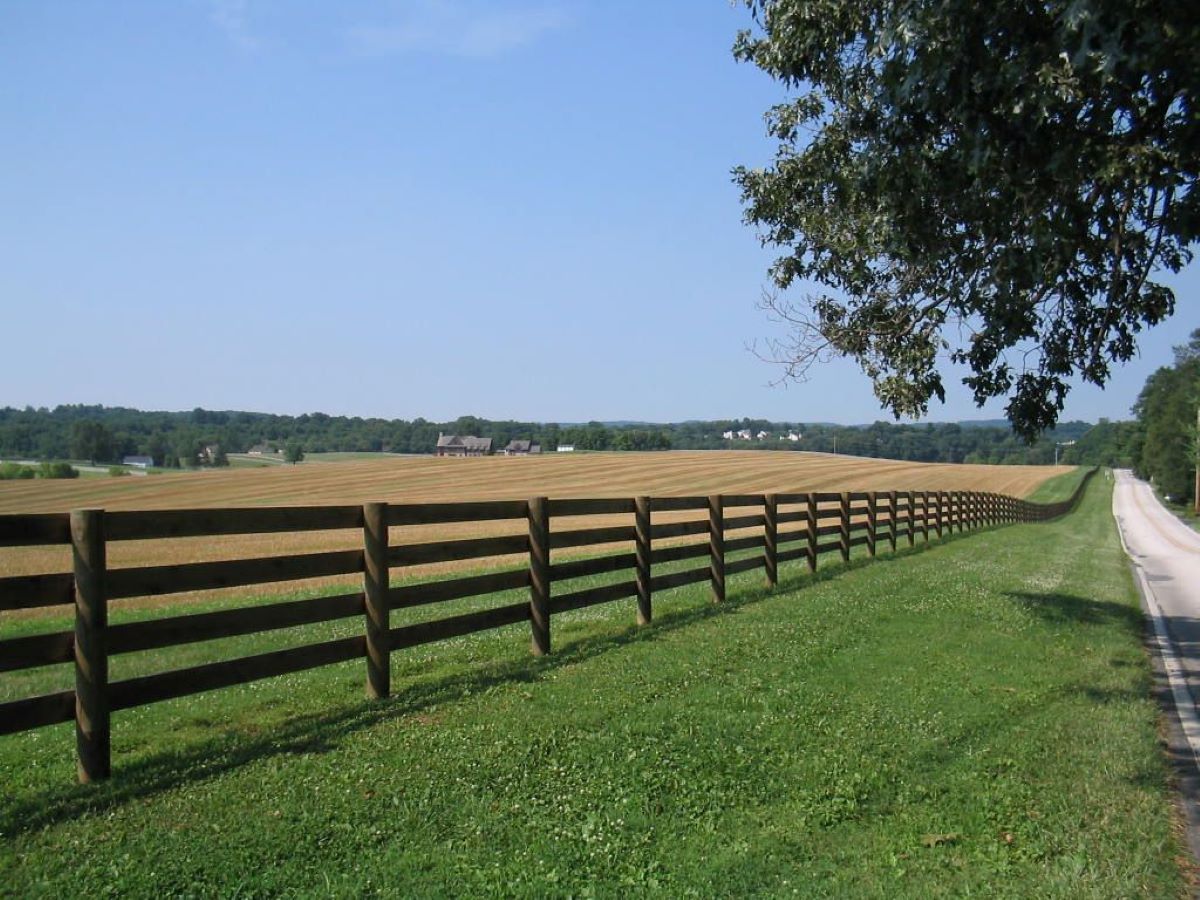
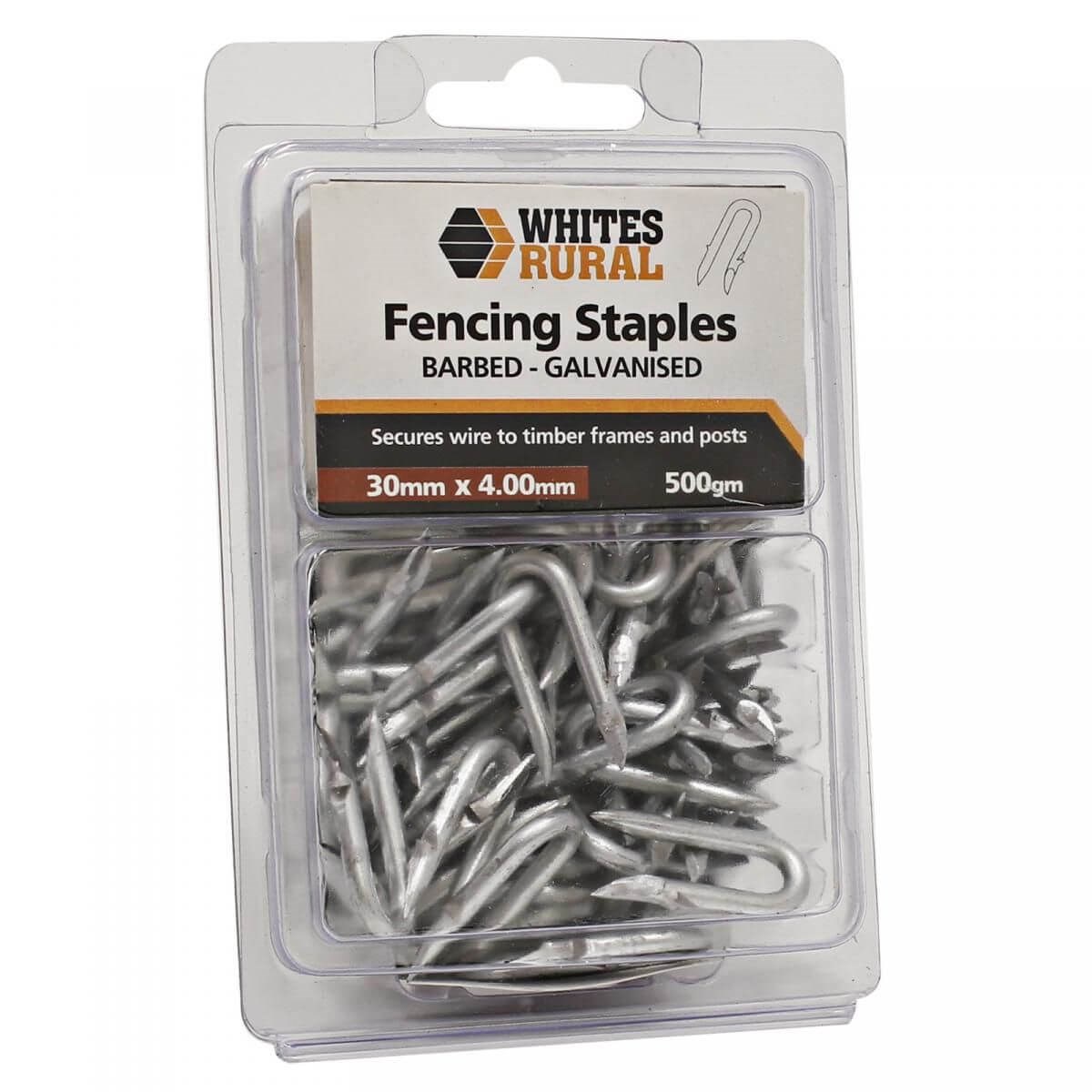
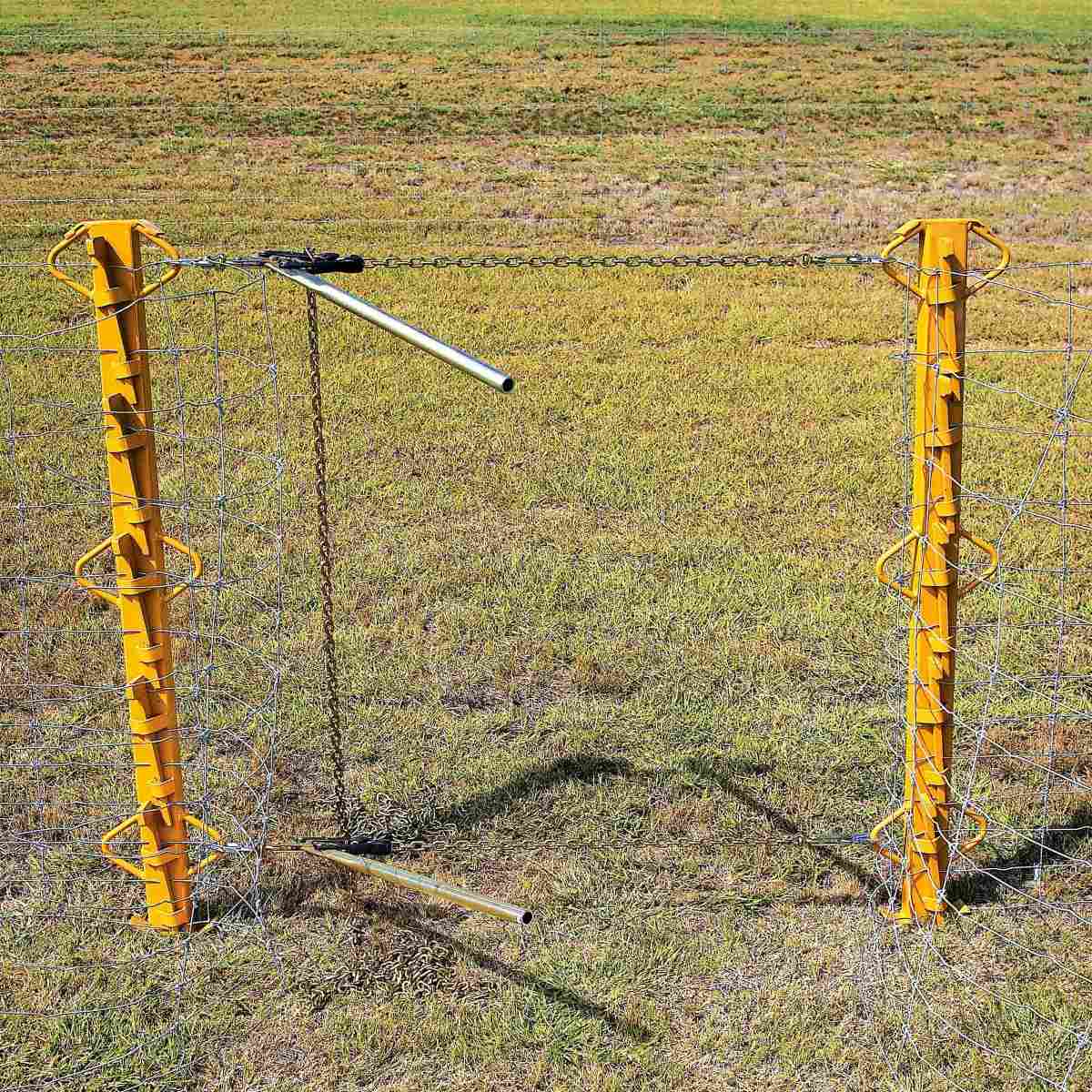
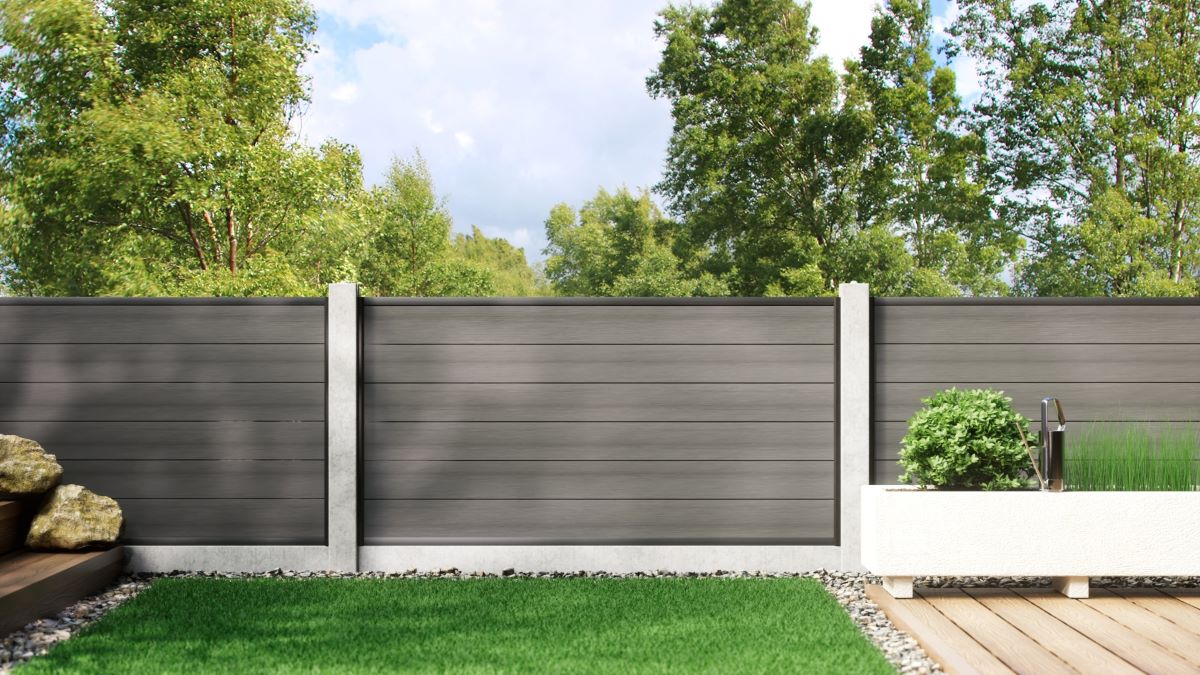
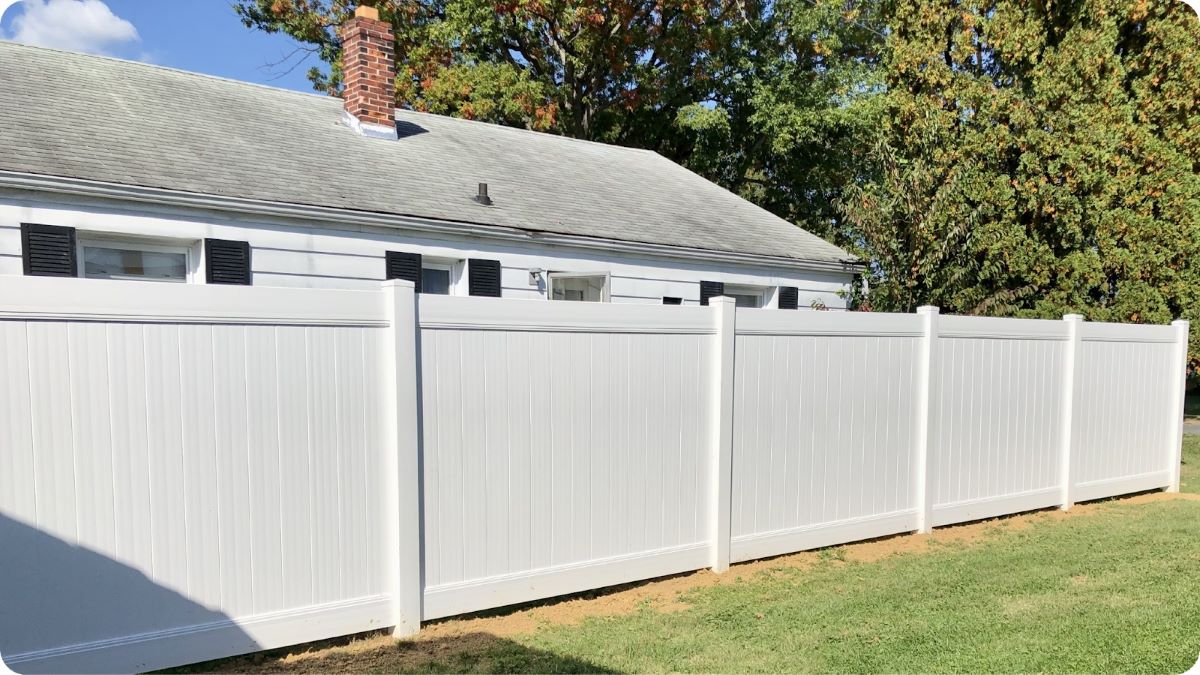
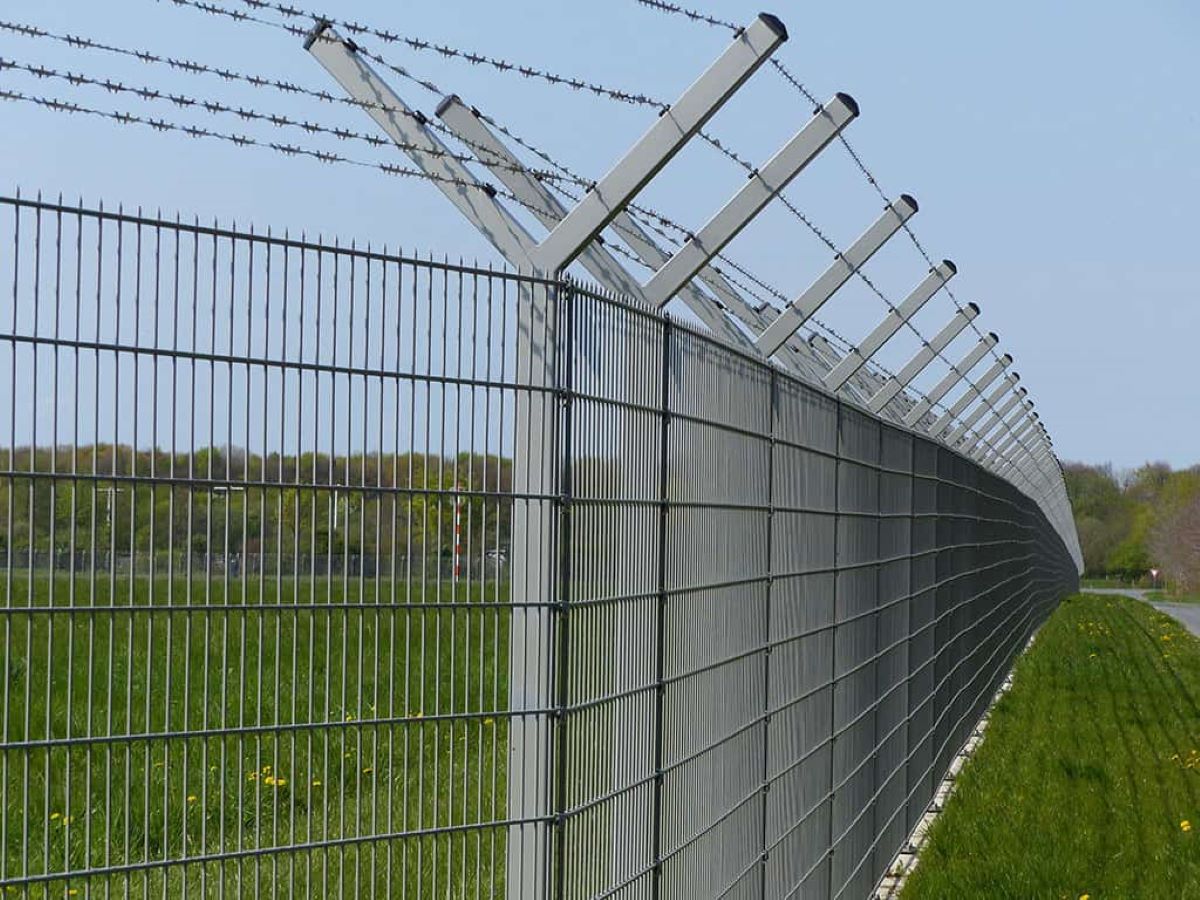
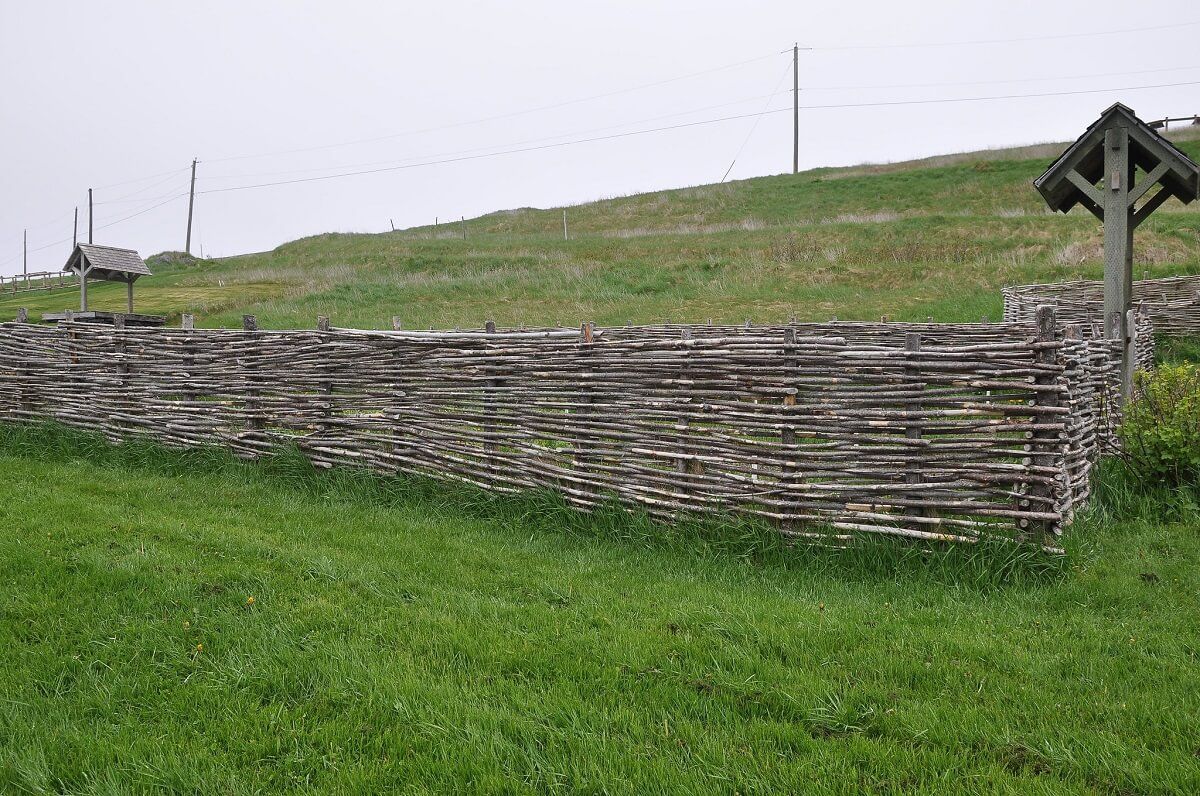
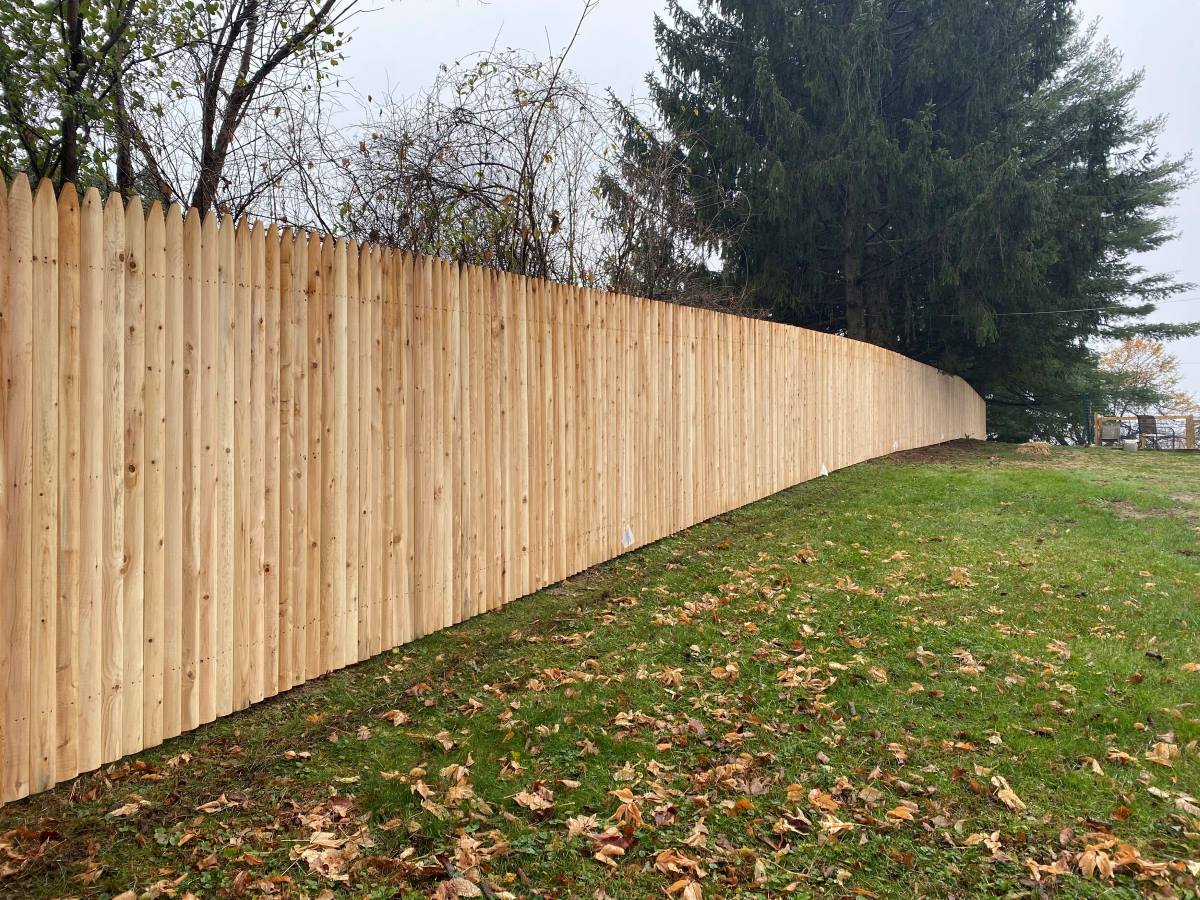
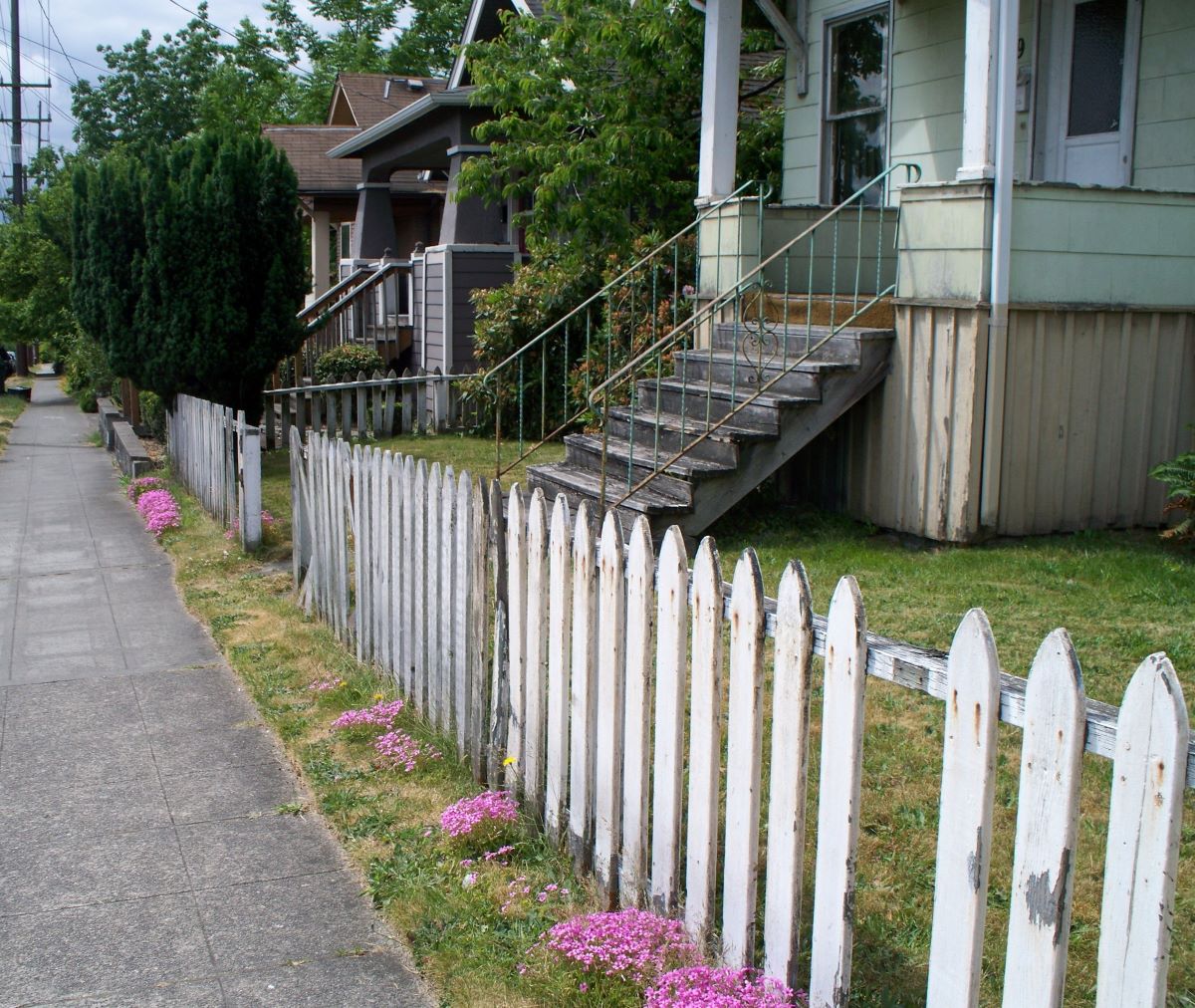
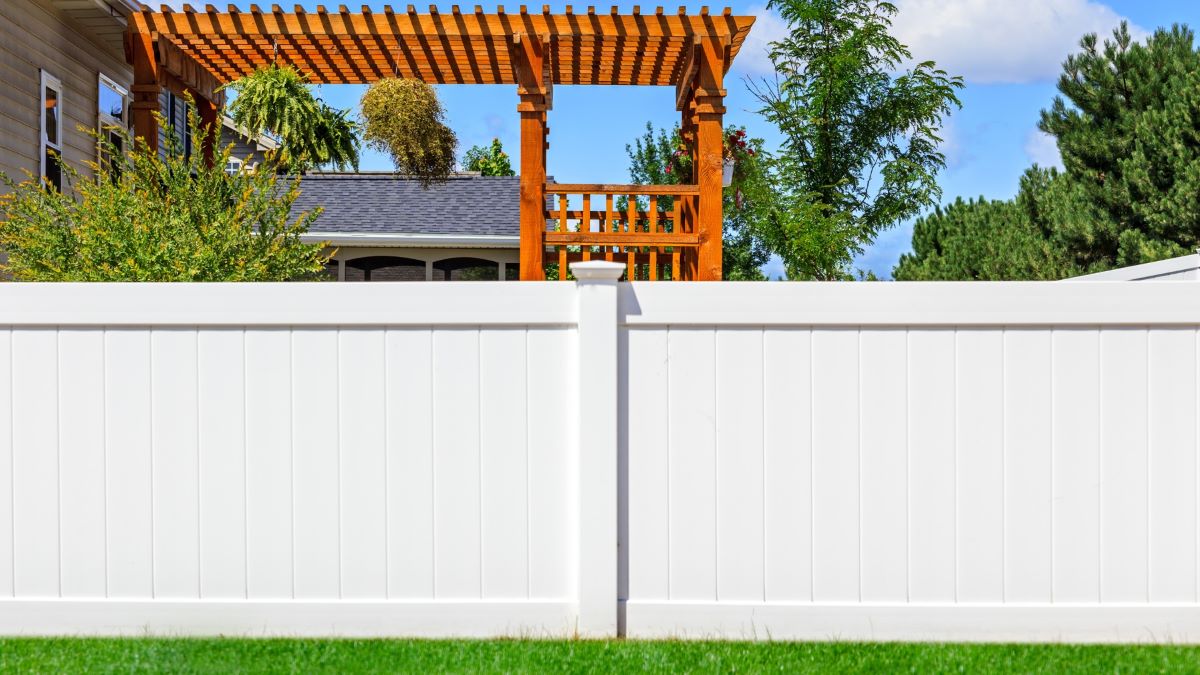
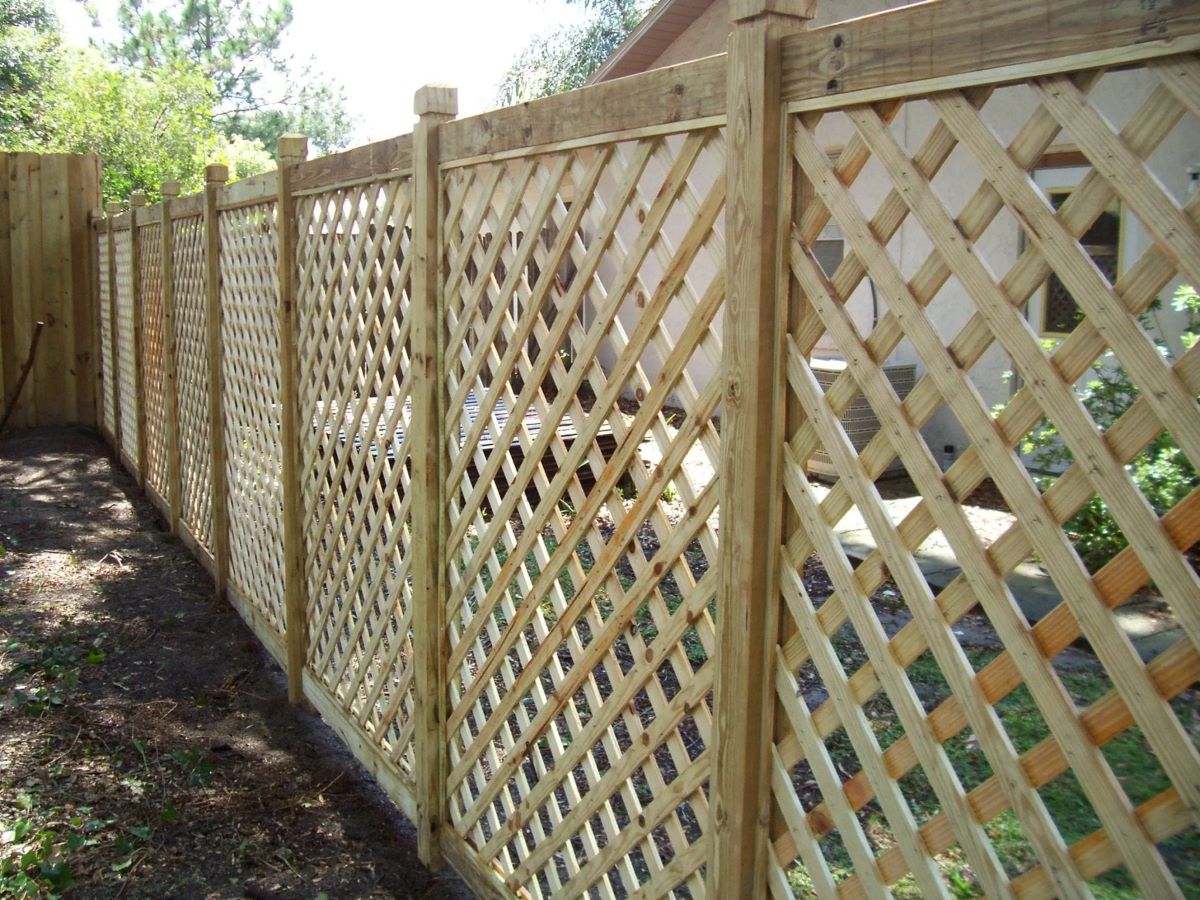
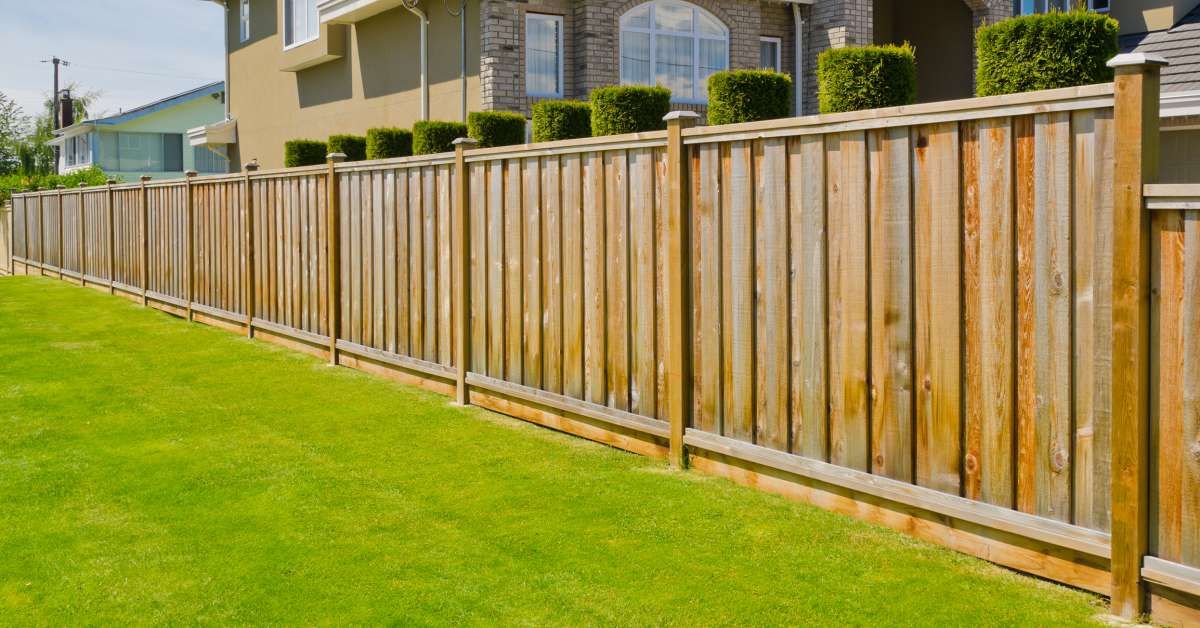
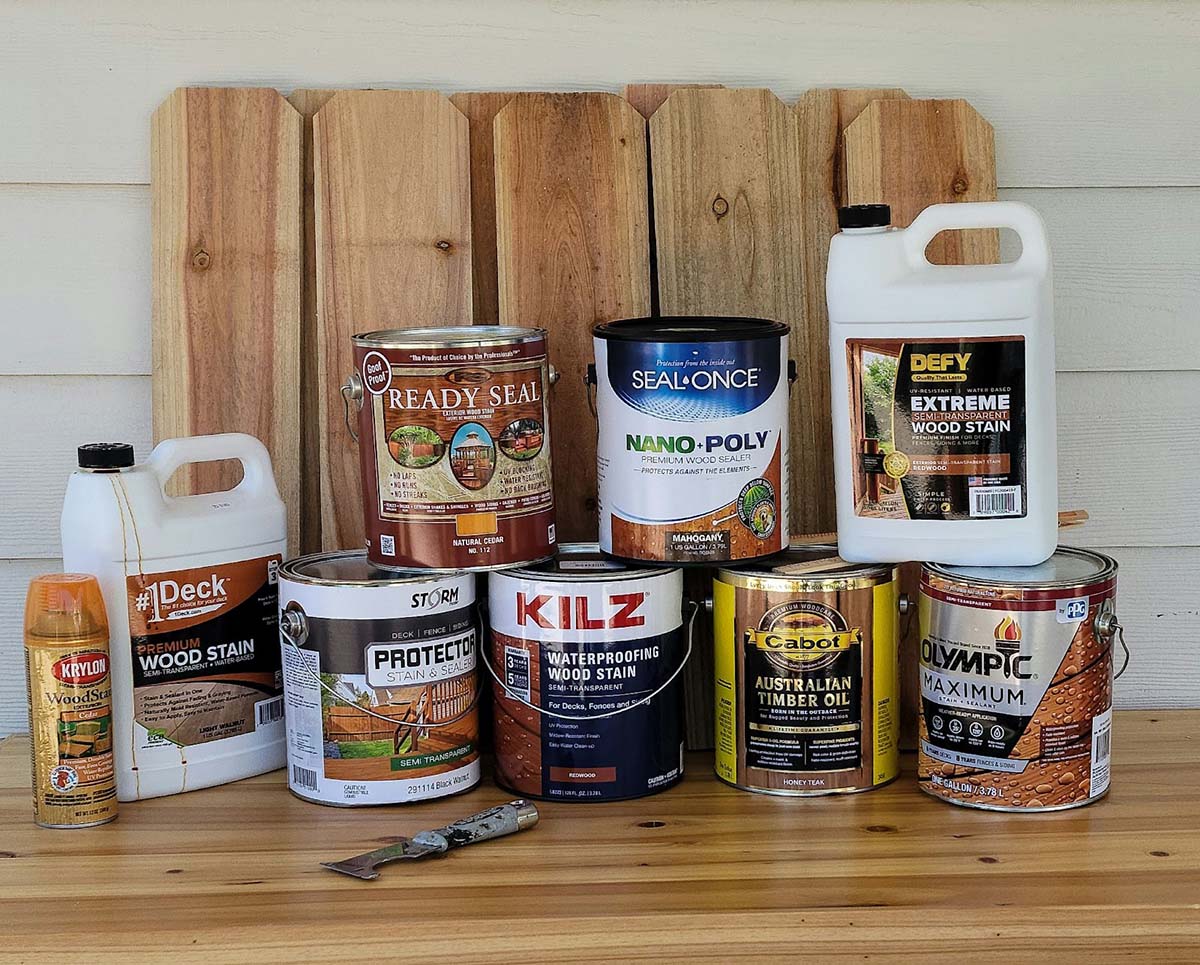
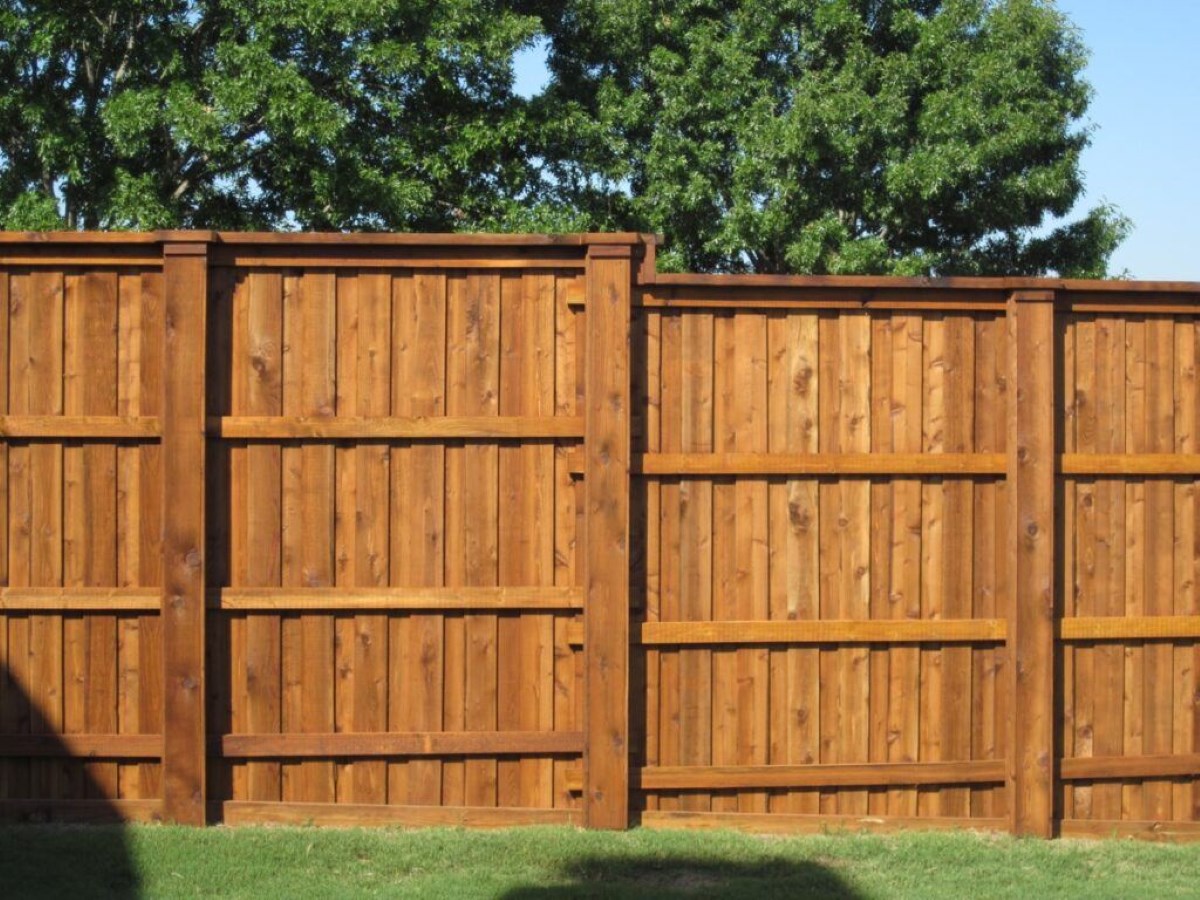

0 thoughts on “What Is Silt Fence Used For”